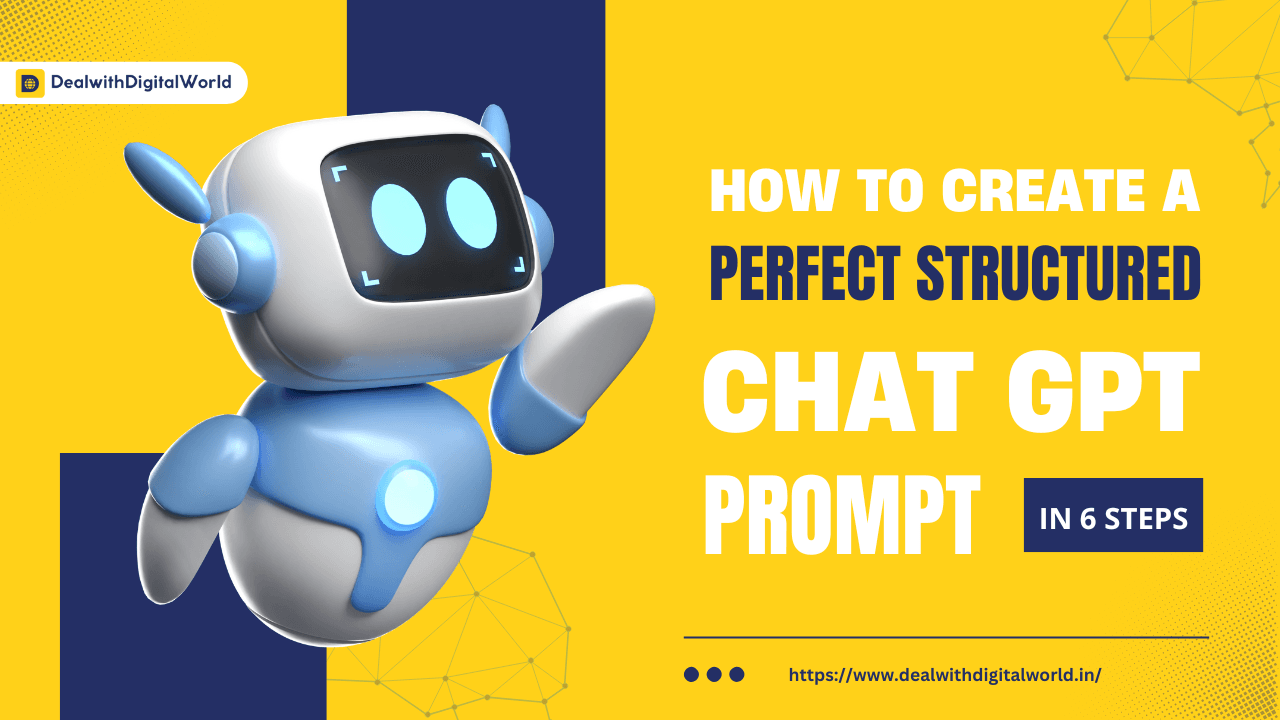How Prompts Work 1. Normal Prompt Example: Prompt: “Explain digital marketing.”AI Response: “Digital marketing is use of online channels to promote products or services.” Issue: While correct, response is too broad and lacks depth. Lack of detail in prompt limits AI’s ability to provide a comprehensive answer. 2. Structured Prompt Example: Prompt: “Explain digital marketing in detail for beginners. Include its definition, major components, benefits, and two real life examples.” AI Response:“Digital marketing is use of online platforms like social media, email, and search engines to promote products or services. Major components include SEO, content marketing, email marketing, and social media marketing. Benefits include cost effectiveness, global reach, and measurable results. Why It’s Better: Structured prompt provides specific instructions, guiding AI to give a detailed and well rounded response. What is a Prompt? A prompt is a request or instruction given to an AI to generate a response. Quality of response depends on clarity and structure of prompt. Why is a Structured Prompt Important? Structured prompts help AI understand your request better, leading to more accurate, useful, and relevant responses. Without structure, AI might interpret query in unintended ways. Components of a Structured Prompt To create a structured prompt: Differentiation: Normal Prompt vs Structured Prompt Aspect Normal Prompt Structured Prompt Clarity Vague or broad Clear and specific Depth of Response Brief, lacks detail Detailed and comprehensive Relevance May miss important aspects Covers exactly what is requested Example “Define AI.” “Define AI, explain its applications, and provide 2 examples.” Detailed Example Using These 6 Steps Scenario: Writing About Renewable Energy How to Create a Perfect Structured Chat GPT Prompt in 6 Steps Define Objective Start by clearly stating your goal. What do you want AI to achieve or answer? Why?This step ensures AI focuses on purpose of your request, avoiding generic or irrelevant responses. Provide Context Give background information or set stage. Context helps AI understand the scope of query. Why?Without context, response may apply to a general audience and fail to meet specific needs. Add Specific Details List the key aspects or points you want AI to cover. Why?Specificity guides AI to include all essential components, ensuring completeness. Request a Format Specify how you want response to be presented—bullet points, paragraphs, comparisons, examples, etc. Why?A defined format makes response easy to read, organize, and use. Include Examples or Scenarios Ask for real life examples or applications to make response practical and relatable. Why?Examples add depth and help contextualize response for better understanding. Set Limitations or Emphasis Define any boundaries or areas to focus on, such as word count, tone, or exclusions. Why?This ensures response stays relevant and adheres to specific requirements. Prompt: “Explain the importance of renewable energy in bullet points. Focus on environmental impact and sustainability. Cover benefits, types of renewable energy, and challenges. Provide examples of solar and wind energy applications. Use simple language suitable for a general audience.” Result: Comparison: Normal vs Structured Prompt Aspect Normal Prompt Structured Prompt Prompt “Write about renewable energy.” “Explain the importance of renewable energy, focusing on environmental impact, benefits, and examples of solar and wind energy.” Response “Renewable energy is energy from natural sources.” Detailed points covering benefits, challenges, and examples.

